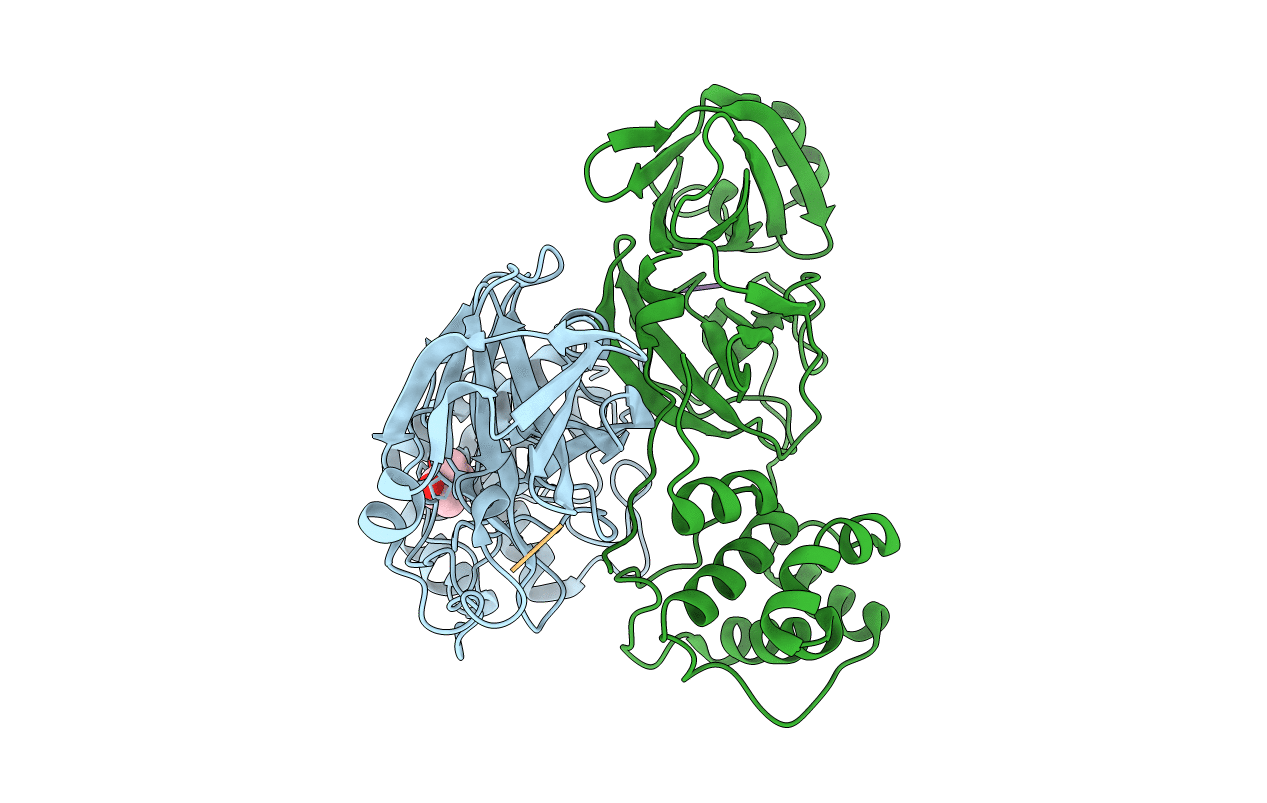
Deposition Date
2011-06-29
Release Date
2011-09-07
Last Version Date
2025-03-26
Entry Detail
PDB ID:
3SND
Keywords:
Title:
Crystal structure of SARS coronavirus main protease complexed with Ac-ESTLQ-H (cocrystallization)
Biological Source:
Source Organism:
SARS coronavirus (Taxon ID: 227859)
Host Organism:
Method Details:
Experimental Method:
Resolution:
1.89 Å
R-Value Free:
0.23
R-Value Work:
0.17
R-Value Observed:
0.17
Space Group:
P 1 21 1


